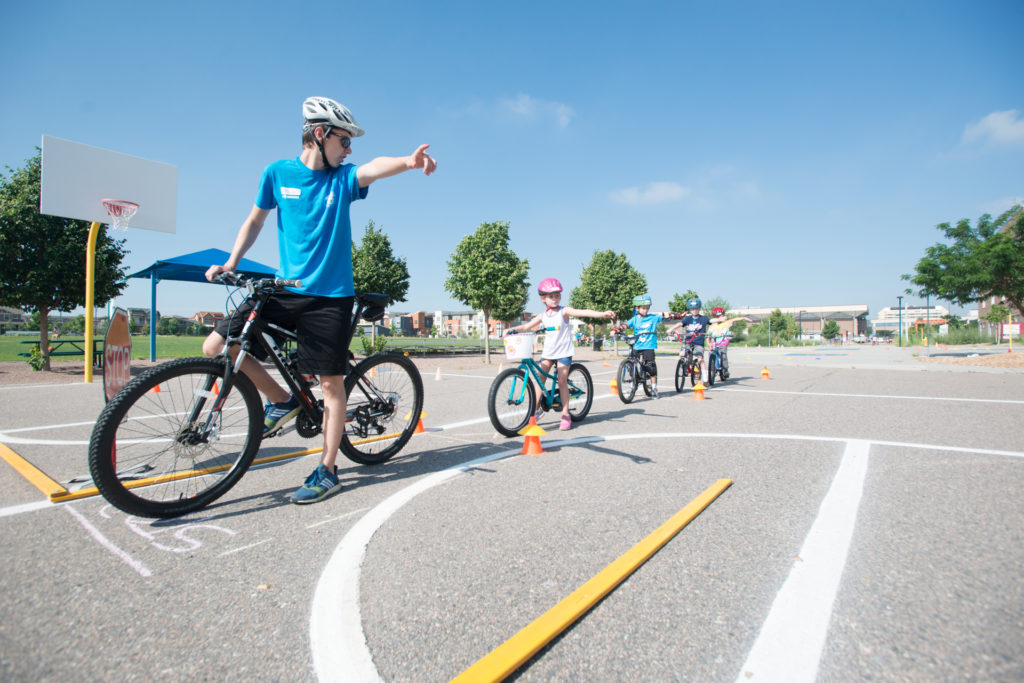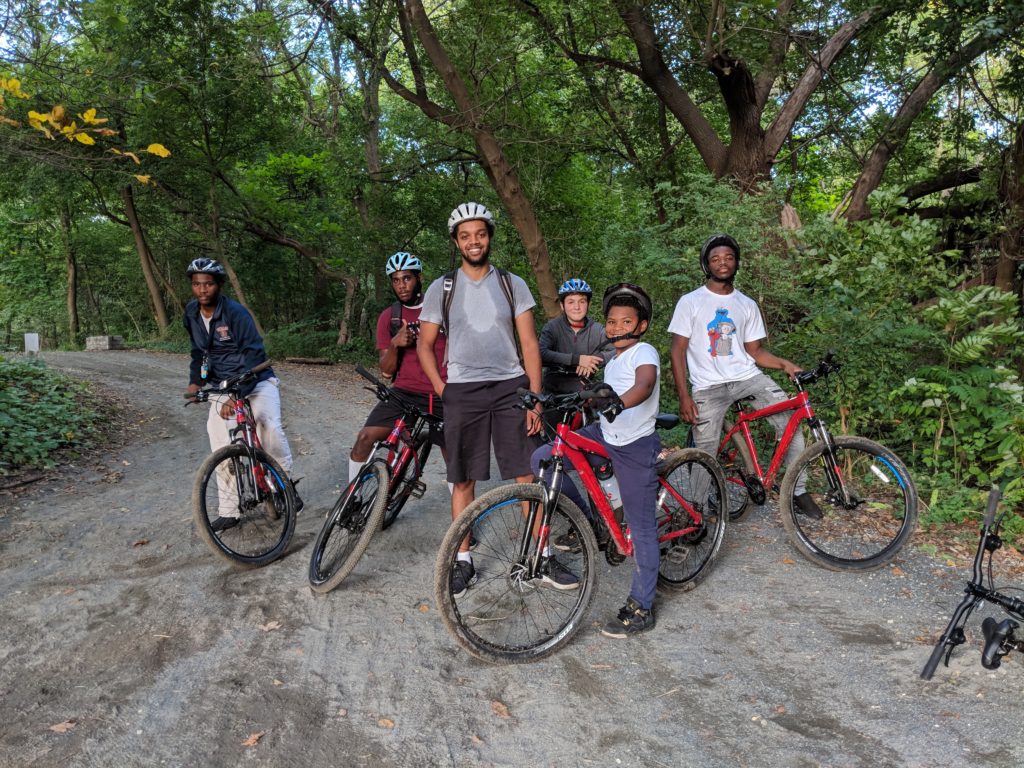
Warmer temperatures and sunny skies encourage many families to take to the streets and sidewalks to ride their bikes. Biking through the neighborhood is one of the simplest ways to entertain oneself and stay in shape.
But biking can also bring about a few risks, especially for first-time riders. According to the National Safety Council Injury Facts, individuals 19 years and younger are most at risk of suffering a cycling injury. In its most recent report in 2019, 112,900 individuals younger than age 19 were injured while riding a bike.
Jessi West, executive director at Neighborhood Bike Works in Philadelphia, says that wearing a helmet comes first when getting ready to go on a ride.
“We always tell our kids that it is vitally important for them to protect their brains,” West says. “And that is why we wear helmets. We are often biking with kids on hard surfaces that can cause injuries that can affect them for the rest of their lives.”
What are some best practices for bicycling?
Mike Chan, marketing manager with Pedalheads in Washington, says that keeping things fun and upbeat is one of the keys when teaching a young biker.
One tip he offers is to let the biker’s feet touch the ground, rather than pedaling as normal.
“If you feel that heel and the base are touching the ground, that’s actually what you want,” Chan says. “A lot of times, feet can be a little bit too high when sitting on the bike, as bikes can be a little bit too big. It makes it more challenging for children to learn when they’re first learning how to ride.”
West says that many parents find that using a balanced bike first will help their kids. A balanced bike is essentially a child-sized bike without pedals, a design which forces the rider to push with the feet. This design allows kids to establish the balance that’s essential for biking. Because the coordination aspect of it is less challenging, West says that this type of bike acts as “a stepping stone” for kids. She adds that this approach could work better than learning with training wheels.

“It teaches them a balance that learning to ride with training wheels actually doesn’t,” West says. “The training wheels help do the balance for you, whereas a balanced bike teaches them to balance with their bodies.”
Parents can also incorporate games and challenges into their children’s riding lessons, Chan says. Moms and dads can draw a chalk line on the ground that goes in different directions for children or have them ride toward a fixed point, such as a lightpost.
“Just keep it not too serious or too outcomes driven,” Chan says. “Parents should encourage and help them along as they’re developing these first skills.”
What’s the best age to teach kids to ride bikes?
Chan says that while every child is different, Pedalheads starts teaching kids as young as 2 years old. Besides balancing, Chan says that the big skill that children learn at first is the pedaling motion.
Although children may learn balance and pedaling, Chan calls attention to a few benchmarks to look for when deciding whether kids are ready to ride near roads.
“If they are riding on the road, it would be good to have skills like being able to ride close to the curb without bumping it, being able to follow or be followed by a parent behind them without swaying back and forth, knowing their hand signals and knowing the signs that are on the road,” Chan says.
Most states, including Maryland and Virginia, require cars to give at least 3 feet of space when sharing the road.
While some more experienced cyclists enjoy the challenge of biking in the rain, snow or other elements, West recommends children avoid slippery conditions altogether, especially when the rain first begins. West says this period is the most dangerous time because that’s when the oil or the gasoline left on the road mixes with the rain and causes the road to become more slippery.
Follow the ABCs of bike safety
When this situation happens, she recommends sticking to the side of the road where less gasoline or oil is present.
Once children are finally ready to go on a ride, West says they should go through the “ABC bike safety check.” The ABC acronym stands for air, breaks and chain.
“Before you go out bike riding, you should check to make sure that you have enough air in your tires, check your brakes to make sure that they’re functioning and take a look at your chain and make sure that it’s cleaned and lubricated,” West says. “You should also rotate your wheels a few times to make sure that the chain is working properly.”







